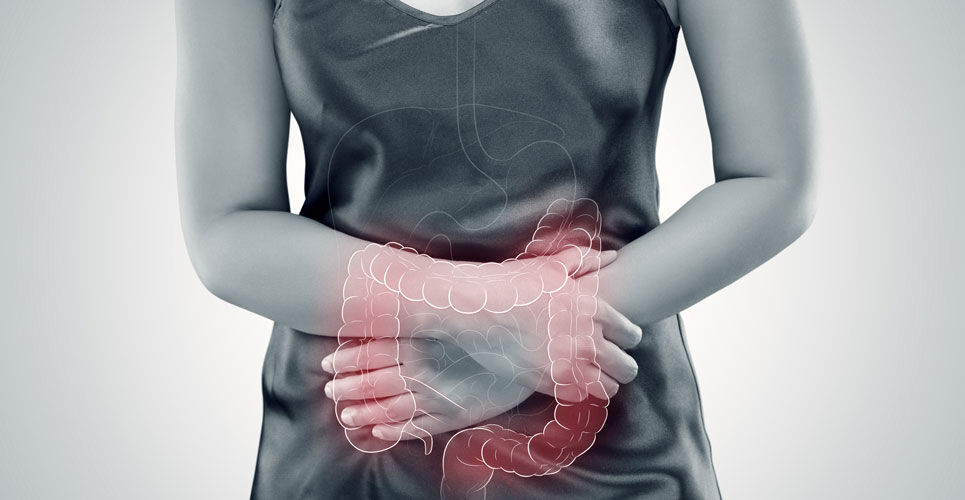Guselkumab and golimumab as induction therapy produced a higher-level of clinical remission in ulcerative colitis compared to monotherapy.
The use of combination induction treatment with guselkumab and golimumab followed by guselkumab maintenance therapy, gave rise to a higher level of clinical remission than using either agent alone according to the findings of a phase 2a, randomised, double-blind study presented at the United European Gastroenterology (UEG) week.
Inflammatory bowel disease includes both ulcerative colitis (UC) and Crohn’s disease and the prevalence of UC in Europe ranges from 0.9 to 24.3 per 100,000 person-years.
UC is a chronic inflammatory condition and typically, those who are affected can experience loose and urgent bowel movements, blood stools, abdominal cramps and pains.
In recent years, the use of biological therapy with monoclonal antibodies have provided significant benefit for patients with ulcerative colitis.
Guselkumab (brand name Tremfya) is an antagonist of the p19 subunit of IL-23 and approved to treat plaque psoriasis and psoriatic arthritis.
In contrast, golimumab (brand name Simponi) is an antagonist of TNFa and is approved for the treatment of moderately to severely active ulcerative colitis in adult patients who have had an inadequate response to conventional therapy.
The value of guselkumab in UC was examined in the QUASAR Induction Study in which enrolled patients with moderately to severely active ulcerative colitis previously unsuccessfully managed with conventional or advanced therapy that was intolerable or inadequate.
Both a lower and higher dose of guselkumab were used and the results showed that clinical remission occurred in 25.7% and 25.2% of patients receiving the lower and higher dose respectively.
In the VEGA trial presented at UEG, researchers examined the safety and efficacy of combination therapy with guselkumab and golimumab.
All patients were naïve to TNFa antagonists and refractory or intolerant to conventional therapy and randomised to receive intravenous guselkumab, golimumab or both agents combined as induction therapy.
After 12 weeks, patients randomised to monotherapy continued their initially assigned treatment through to week 38, whereas patients given the combination switched to guselkumab maintenance therapy.
Clinical remission was based on the total Mayo score, as well as the modified Mayo score components, symptomatic remission, endoscopic improvement, endoscopic normalisation, histologic remission and composite histologic-endoscopic endpoints were assessed.
Guselkumab-golimumab and clinical remission
A total of 214 patients were randomised to one of the three treatment options although 13.1% discontinued before week 34.
Using the modified Mayo score, clinical remission occurred in 47.9% of those receiving combination induction treatment compared to 20.8% for the golimumab and 31% in the guselkumab monotherapy groups and in both cases this difference was statistically significant.
Safety events were similar between the three groups as were the rates of serious adverse events.
The authors concluded the use of combination induction therapy followed by maintenance with guselkumab experienced greater rates of clinical remission, endoscopic improvement, endoscopic normalization, and both histologic remission and endoscopic improvement

